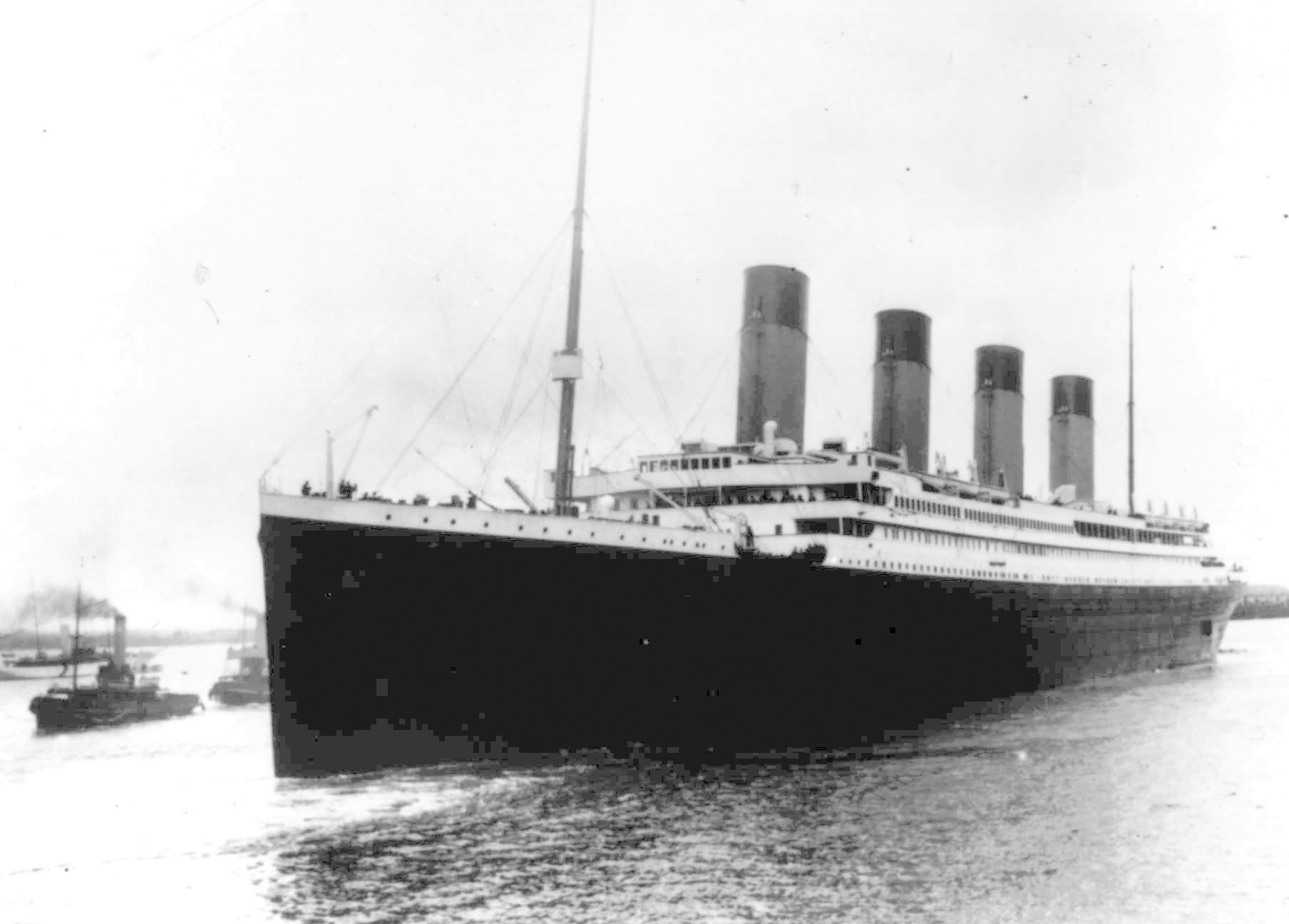It was in 1985 when, by mistake, a joint French-American expedition trying to find two nuclear submarines from the Cold War discovered the Titanic. The image of the bow of the most famous of all transatlantic ships resting in the depths went around the world. But that bow, where Rose and Jack lived their moment of greatest freedom in James Cameron's movie, no longer exists as we remember it. It is decomposing.
This has been confirmed by the company RMS Titanic Inc., which has descended to a depth of 3,800 meters to the dark seabed, where the Titanic rests, sunk in April 1912 after colliding with an iceberg. During their adventure, the company observed that the railing of the bow has detached and is resting on the sand. Something that did not happen during RMS Titanic's last dive in 2010.
These images demonstrate that the ship is gradually deteriorating due to the effects of water and pressure. "It is another reminder of the deterioration that occurs day by day. People ask all the time: 'How long will the Titanic remain there?'. We don't know," expressed Tomasina Ray, director of collections at RMS Titanic Inc. "The Titanic's bow is an icon, there are many moments of this story in pop culture, and that's what one thinks of when thinking of the shipwreck. And it's not like that anymore," she added.
Comparison of the sunken bow of the Titanic in 2010 and in 2024.EM | RMS Titanic Inc.
Researchers believe that the section of the railing, measuring approximately 4.5 meters long, detached at some point in the last two years as images from a digital scan of an expedition in 2022 show that the railing was still attached, although it was starting to bend.
Also becoming increasingly larger and visible are the rusticles, stalactites of rust generated by marine microbes that are corroding the metal of the ship's hull.
But the absence of the railing on the Titanic's bow was not the only discovery of this expedition. Researchers have also found the statue of the 'Diana of Versailles', a unique 60-centimeter bronze piece that presided over the first-class lounge, the most luxurious area of the ship.
The statue was photographed on an expedition in 1986 but its location was not noted, and it was considered lost. Therefore, locating it has been an impressive find for the members of RMS Titanic Inc. "It was like finding a needle in a haystack," said James Penca, Titanic researcher and host of the Witness Titanic podcast.
The 'Diana of Versailles' statue, buried on the seabed.RMS Titanic Inc.
"The first-class lounge was the most beautiful and incredibly detailed room on the ship. And the centerpiece of that room was the Diana of Versailles," he explained. "But unfortunately, when the Titanic split in two during the sinking, the lounge opened up. And in the midst of chaos and destruction, Diana landed in the darkness of the debris field," he added.
This discovery boosts morale for the scientists, who are eager to return to the Titanic wreckage to rescue this statue and many other hidden treasures at the bottom of the sea. "This rediscovery of the Diana statue is the perfect argument for not leaving the Titanic alone," Penca said.
"This was a piece of art that was meant to be seen and appreciated. And now it's at the bottom of the ocean... in complete darkness, where it has been for 112 years. Bringing Diana back so people can see it with their own eyes. The value that entails, awakening love for history, for diving, for conservation, for shipwrecks, for sculpture...," the expert reflected.
